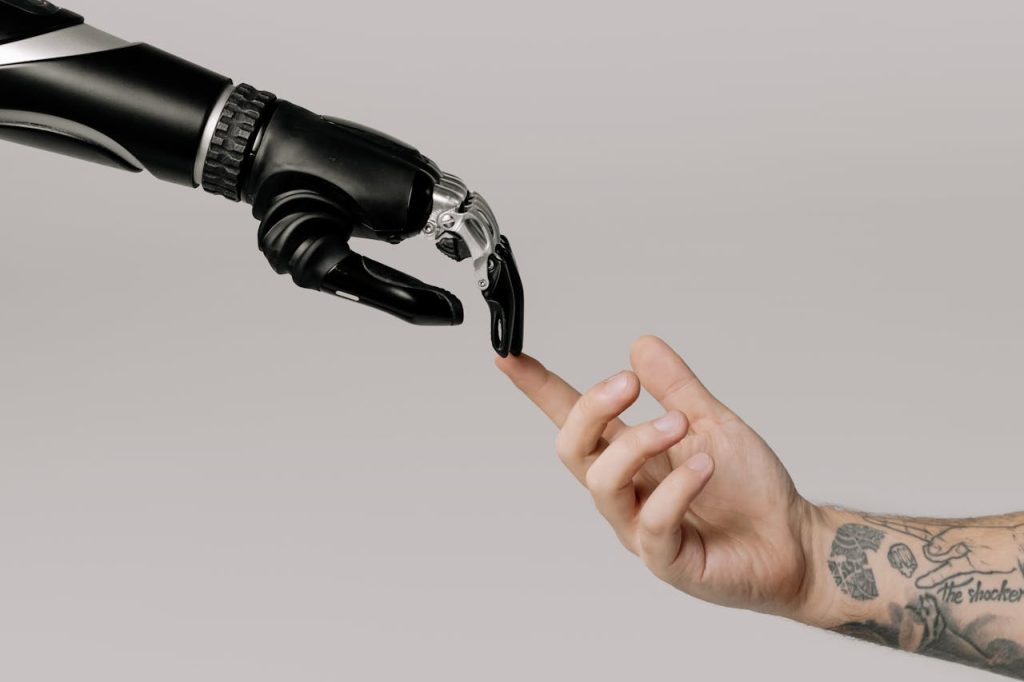
Machine Learning is a subset of artificial intelligence; it works around developing algorithms through which a computer learns and makes predictions or decisions based on data. This is done in contrast to traditional programming, where a developer writes explicit instructions for the computer to follow. ML algorithms learn the patterns and relationships existing within data to perform the allocated task without being programmed for each specific task.
Data:
Data is the basis of machine learning. It refers to any particular piece of information used, be it numbers, text, images, and such. Well-labeled high-quality data is the main ingredient to model a good machine learning model.
Algorithms:
Algorithms are the mathematical procedures or rules in which a machine learning model has to follow to learn from data. Different tasks require different types of algorithms and data structures.
Model:
A model is an encapsulation of all knowledge that a machine learning algorithm has acquired through data and, consequently, a predictor and decision maker on novel, unseen data.
Training:
Training is the process of feeding data into the model with the hope that it learns from it. The tuning of the parameters and minimizing error is training.
Testing:
Model testing uses the trained model to be assessed in a separate set of data, which will help in proving its performance to make sure that it generalizes well on new data.
Features:
Features are the individual measurable properties or characteristics of data. For example, the dataset of house prices may have attributes like the number of bedrooms, square footage, and location. Labels: Labels correspond to target values or outcomes that models try to infer. In supervised learning, the data point can be related to a label that has been trained in a model-dependent way to make predictions.
